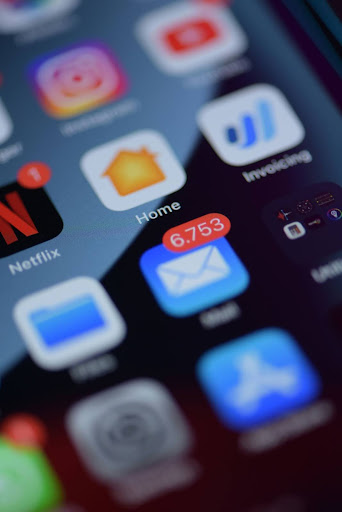In an era where Australian businesses are constantly seeking ways to connect with their customers, the transition from traditional marketing methods to digital platforms has been significant. However, even within the digital realm, transformations continue as companies move from relying on emails to exploring the efficiency of bulk SMS communication. Auto-forwarding email to SMS–the practice of having emails automatically duplicate and sent as text messages–is part of this transformation.

The Early Days
The revolution of how businesses engage their clients began with email, allowing businesses to reach customers directly at a relatively low cost. As the digital landscape grew, however, so did the challenges–increased competition, overflowing inboxes, and ever-evolving spam filters have made it harder for businesses to ensure their messages are seen, let alone opened. This backdrop set the stage for the rise of SMS as a communication channel, offering immediacy and higher engagement rates.
The Power of Email to SMS
Email to SMS is a technology that allows businesses to send text messages from any email client direct to any mobile phone.
This approach combines the best of both worlds: the comprehensive data and automation capabilities of email with the directness and engagement of SMS.
Here’s why this method stands out:
Immediate engagement: SMS messages are read within minutes, ensuring time-sensitive information is seen quickly.
- Higher open rates: SMS boasts up to 90% open rates, dwarfing the 20% to 30% typical of emails.
- Seamless integration: This system integrates smoothly with existing CRM and email-marketing processes, enhancing efficiency without disrupting established workflows.
Maximising Efficiency
For businesses to fully leverage the benefits of auto-forwarding email to SMS, selecting the right service provider is key. Providers that offer a unique domain provided for email forwarding make it straightforward for businesses to set up this service, as emails sent to this domain are instantly converted into SMS messages. Additionally, the best solutions are easy to set up and use, requiring minimal technical expertise so businesses can focus on their core operations rather than on integrating complex software.
What to Look for in a Service Provider
Reliability: Look for providers known for consistent service and minimal downtime.
- Security: Ensure the provider prioritises the security of your data, especially when handling sensitive customer information.
- Customisation: The ability to customise messages and integrate with your existing systems is crucial for a seamless experience.
- Support: Choose a provider that offers robust customer support.
Enhancing Customer Engagement
The adoption of email to SMS technology signifies a broader trend towards personalised customer communication. By effectively using this tool, businesses can:
Send timely updates: From delivery notifications to appointment reminders, customers appreciate being kept in the loop.
- Follow up on leads: Quick, personalised follow-ups can significantly increase conversion rates.
- Enhance customer service: Immediate responses to customer queries or complaints boost satisfaction and loyalty.
Navigating the Challenges
Despite the benefits, businesses must also navigate challenges that come with email to SMS conversion. They need to manage what could be a massive volume of messages, and they must ensure their content fits the form by being concise yet informative. Strategic planning and a clear understanding of audience preferences are essential to using SMS effectively without overwhelming or annoying customers.
Message Received
As Australian businesses strive to stay relevant in a fast-paced digital world, the move towards email to SMS represents a smart adaptation to consumer behaviour. This technology not only addresses the challenges of low engagement and rising marketing costs, but also caters to the modern consumer’s preference for quick, convenient communication. By embracing this approach, businesses can create a direct line to their customers, ensuring their messages are not just sent, but seen and acted upon!
